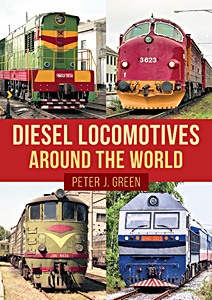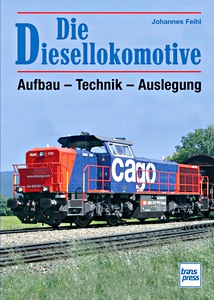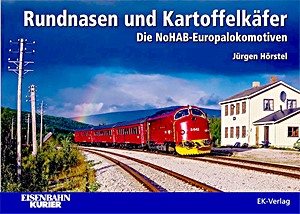Diesel Locomotives Around the World
Following the end of the steam locomotive in normal service, the diesel has become the favourite of many railway enthusiasts. To show something of the diesel types and operations on various international railway systems, Peter J. Green has selected some of his best railway photographs from his travels to six of the seven continents of the world.
The photographs were taken in forty-five countries between 1975 and 2019. While the use of diesel locomotives in many parts of the world is declining with the increasing use of railcars and spreading electrification, a good variety of power can still be found.
Particularly rewarding destinations include the USA and Canada, with their impressive freight trains, and many parts of Asia, where diesel-hauled passenger trains regularly run through interesting landscapes. Diesel traction has also become an important feature of many tourist railways worldwide. Whether photographing the railways or travelling by train, the visitor cannot fail to be impressed.
Szczegóły
| Autor: | Peter J. Green |
|---|---|
| Wydanie: | 96 strony, 23.5 x 16.5 x 0.8 cm, miękka oprawa |
| Ilustracje: | 180 fotografii |
| Wydawca: | Amberley Publishing (GB, 2023) |
| ISBN: | 9781398108523 |

Diesel Locomotives Around the World
Język: angielski
Kup na Amazon PLKup na Amazon DE
Kup na Amazon UK




